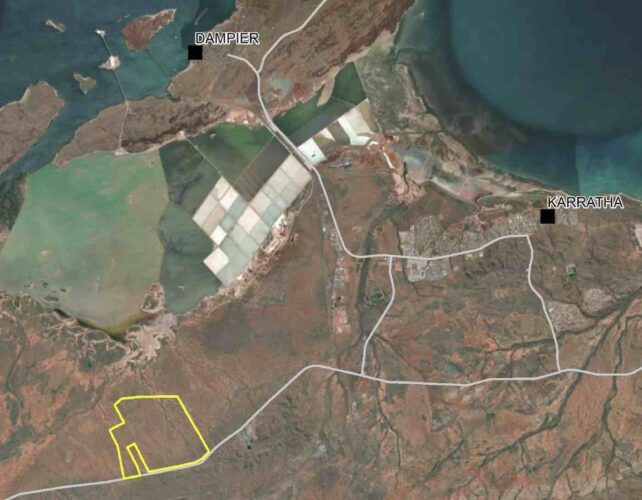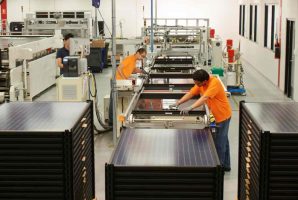Western Australia’s Environmental Protection Authority (EPA) has issued a warning to solar developers on waste and land disturbance after giving initial approval to a PV and battery project proposed by oil and gas giant Woodside in the Pilbara.
The project is Woodside’s first with solar technology, and involves an initial 100MW facility that can be expanded in stages up to 500MW, and will include battery storage – although the size of that component has not been finalised.
The project is located 15kms south of Karratha within Maitland Strategic Industrial Area (MSIA), and will send power into the grid in the north-west of the state that focuses around the regions major mining centres, and which are now seeking to transition this into a massive renewable energy hub.
The EPA approved Woodside’s project, with strict conditions, despite concerns about its impact on fauna such as the northern quoll and its impact on vegetation and Aboriginal cultural heritage.
The chair of the EPA, Professor Matthew Tonts, issued a statement along with the approval to issue advice to the proponents of future renewable energy projects in the region, which could amount to tens of thousands of megawatts of both solar PV and wind energy.
He said proponents needed to consider the level and amount of disturbance required to implement each renewable proposal, comparative to the savings of greenhouse gas, and the need for waste management, recycling and engagement in the circular economy.
“The management of waste produced by future renewable energy projects will also be a key consideration in our assessment of these types of proposals,” Tonts said in the statement.
“Proponents will need to consider waste management and recycling of solar panels and other associated renewable energy infrastructure as part of a circular waste economy.”
Western Australia is expected to merge as a leader in the rapid transition to the green energy economy, because of its excellent wind and solar resources, and because the big miners and industries need to produce low carbon products to meet international customer demands.
The state government has identified the potential need for more than 50GW of large scale wind and solar across the state to meet this emerging demand for green energy, including industrial processes and green hydrogen.
Some projects of massive scale have also been proposed, including the 26GW Australian Renewable Energy Hub in the Pilbara, the 50GW Western renewable energy hub, and multiple smaller projects – albeit of multi-gigawatt scale.
The same issue will emerge in other significant projects, including the proposed 20GW Sun Cable solar farm in the Northern Territory and various green hydrogen supply projects in the NT, Queensland, NSW and South Australia.

On the Woodside project, Tont said future proposals within the Maitland estate will need to consider how to address cumulative impacts to flora and vegetation, terrestrial fauna and other environmental factors, and their impacts on to social surroundings, especially Aboriginal cultural heritage.
“The EPA proposes that a cumulative assessment is required to establish expectations for proponents planning projects in the MSIA,” he said.
“In addition, this EPA report recommends that land should be set aside within the MSIA specifically for the use and benefit of the Ngarluma People.”










